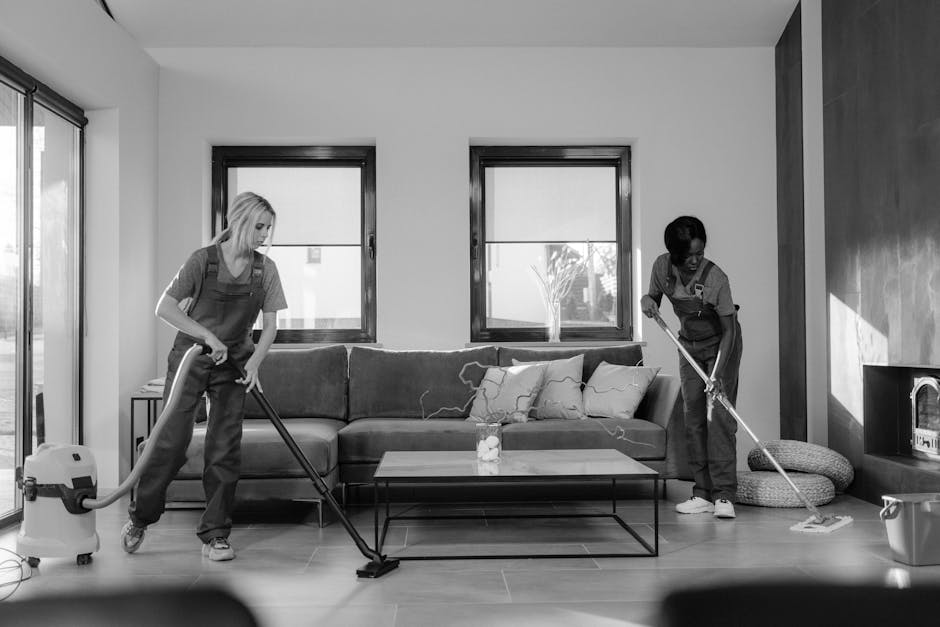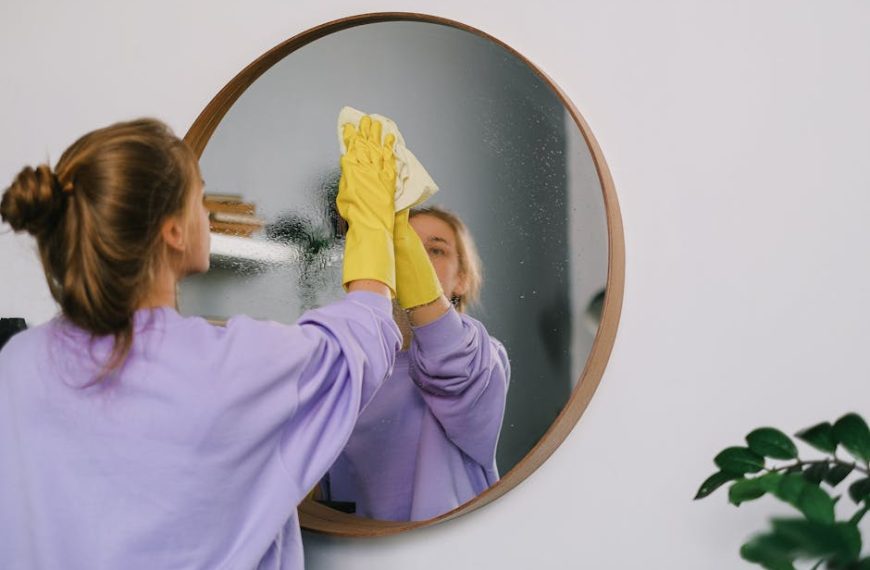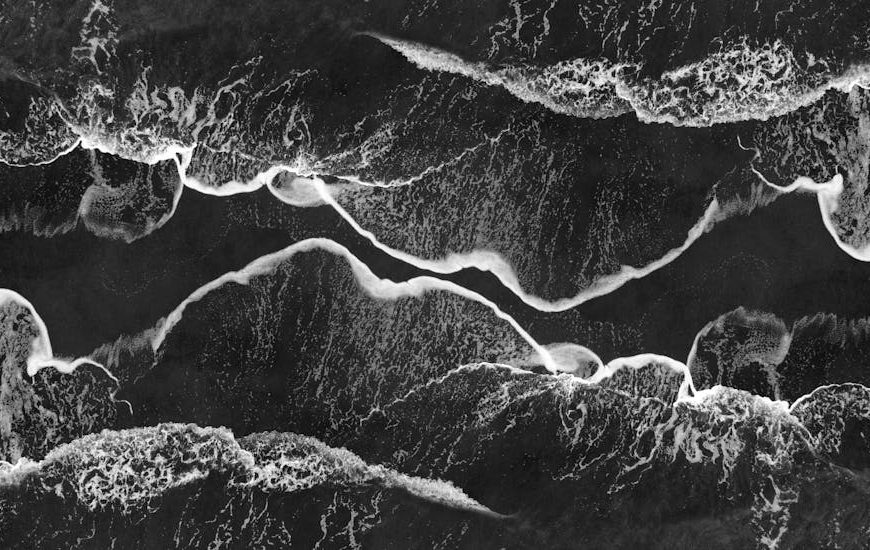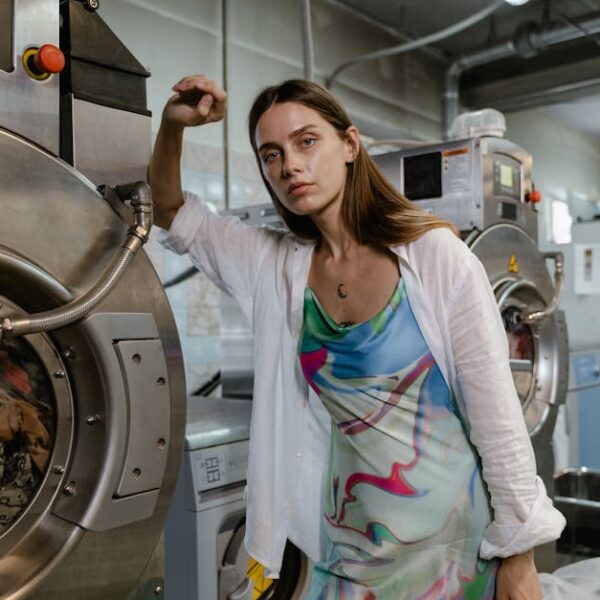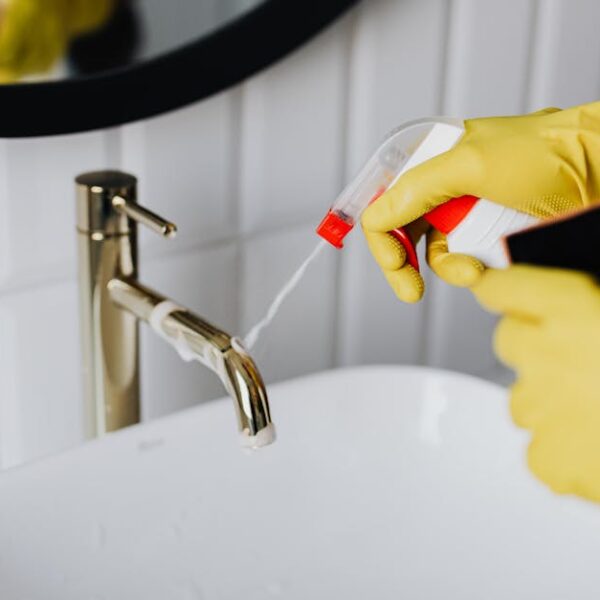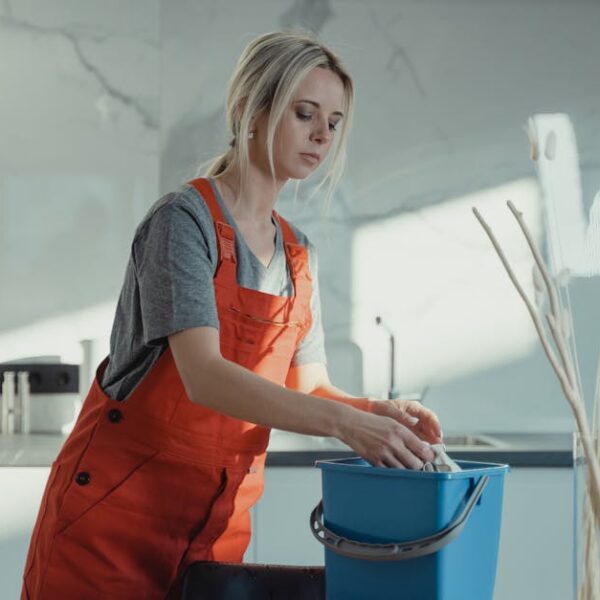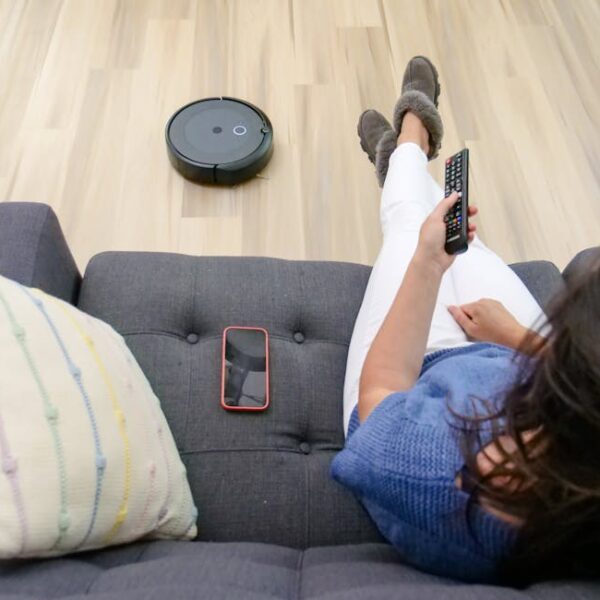In the pursuit of maintaining a clean household, vacuuming has become a go-to solution. It is swift, efficient, and reaches spots a broom might miss. But when faced with a spilled bowl of rice, one might pause to wonder, can you vacuum rice? Both uncooked and cooked rice pose a challenge for vacuum cleaners, though for different reasons.
Vacuuming Uncooked Rice: Is it Possible?
Vacuuming uncooked rice may first seem like a breeze; after all, the grains are small and dry. However, the potential challenges arise from the shape and weight of uncooked rice. These small granules can present a problem for your vacuum cleaner, though not all types. Here’s a clear look at how to navigate this task:
- Take note that not all vacuum cleaners are created equally. Upright and handheld vacuum cleaners are the best for handling uncooked rice. They provide a balance between adequate suction power and a keen filtration system.
- Be cautious of using a robotic vacuum cleaner for this task. Due to their small size and delicate mechanism, these devices may struggle or get damaged by the hard rice grains.
- Most importantly, be aware that vacuuming rice with the wrong type of vacuum cleaner can cause damage. Heavier grains can potentially scratch or crack the internal components of a vacuum, shortening its lifespan.
The Science Behind Vacuuming Uncooked Rice
The capability of a vacuum cleaner to manage uncooked rice has less to do with the rice itself and more to do with the vacuum cleaner’s design. Rice grains are relatively small and heavy, which means they need substantial suction power to get picked up but can be harsh on the filters and components of a vacuum cleaner.
- Bagged vacuum cleaners can generally handle uncooked rice better than their bagless counterparts. They have a bag that provides an additional layer of protection between the grains and the vacuum’s internal components.
- Bagless vacuum cleaners, on the other hand, can struggle with uncooked rice. The grains go directly into a dust cup, which may cause scratches or damage to the internals over time.
Can You Vacuum Cooked Rice?
Vacuuming cooked rice is an entirely different story. Cooked rice is wet, mushy, and can quickly become a complicated mess inside a conventional vacuum cleaner. Here’s the deal:
- Cooked rice is prone to clogging the vacuum cleaner. Its sticky nature could trap itself in the hose and filters, making it difficult to remove and potentially impeding the vacuum’s functionality.
- As a rule of thumb, avoid vacuuming any wet or moist materials with a conventional vacuum cleaner. This includes cooked rice.
- If you happen to spill cooked rice, your best bet is to manually pick up larger pieces and then gently wipe down the area with a damp cloth.
Stay tuned for the explanation of the science behind vacuuming cooked rice and the potential damages it can cause to your vacuum cleaner, followed by alternative methods of cleaning up both uncooked and cooked rice spills!
The Science Behind Why Vacuuming Cooked Rice is Not Recommended
Before we delve into the actual damages that vacuuming cooked rice can create, it is essential first to understand why.
- Cooked rice is essentially moist, which introduces water into the interior components of your vacuum cleaner – a significant no-no. It’s not designed to handle moisture and can compromise its electronic components.
- Furthermore, once inside your vacuum, the moisture from the rice can create an environment conducive to microbial growth and mold. In turn, this could lead to bad odor and even pose health risks during subsequent usage of the vacuum cleaner.
- Lastly, the stickiness of cooked rice can lead to clogged filters and hoses. A clogged vacuum will not only operate less efficiently but may also lead to overheating or damage of its components.
What Could Go Wrong: A Checklist
For a more visual representation, let’s present the potential hazards of vacuuming cooked rice as a checklist:
- Water damage to electronic components.
- Microbial and mold growth inside the vacuum.
- Bad odor emanating from microbial and mold growth.
- Clogged filters leading to less efficient operation.
- Overheating due to clogged components, potentially damaging vacuum cleaner.
- Damage to and premature wear & tear of vacuum cleaner.
Alternative Methods of Cleaning Up Rice Spills
Given the potential risks and inefficiencies of vacuuming. There are safer alternatives for handling both cooked and uncooked rice spills:
- Use a dustpan and brush for dry rice spills: This age-old method is generally the best way to clean up rice spills effectively, without any risk to your equipment.
- Use a hand vacuum cleaner for dry rice: If the spill is substantial, a hand vacuum may give you sufficient suction without the risk of damage to vacuum cleaners designed for more extensive cleaning tasks.
- Use a wet/dry vacuum for cooked rice: If vacuuming moist rice is unavoidable, invest in a wet/dry vacuum designed to handle moisture without damage.
- Even with a wet/dry vacuum, remember to clean it properly after each use to prevent any form of microbial growth.
- Lastly, if possible, try to avoid or minimize spills when handling rice in your cleaning area. A proactive approach will save you time and prevent any hygiene or equipment issues in the future.
Remember, while vacuuming is a convenient way to clean up most spills and dust, it isn’t universally effective. Understanding the limitations of your vacuum cleaner will ensure you use it optimally, preserving its life and maintaining the hygiene of your home. Always remember to stay smart and stay organized in your cleaning efforts!
Key Takeaway:
- Vacuuming uncooked and cooked rice poses different challenges due to the weight, size, and moisture content of the rice grains.
- Upright and handheld vacuums are best suited for handling uncooked rice, while robotic vacuums could struggle or get damaged due to the hard rice grains. However, vacuuming rice with the wrong type of vacuum cleaner can cause damage.
- Conventional vacuum cleaners are not suited for vacuuming cooked rice, as its moist and sticky nature could clog the hose and filters, result in water damage to electronic components, and facilitate microbial growth inside the vacuum.
- Safer alternatives for cleaning up rice spills include using a dustpan, handheld vacuums for dry rice, and wet/dry vacuums for cooked rice.
It is advantageous to recognize the limitations of your vacuum cleaner and use it efficiently to prolong its life and keep your home clean and hygienic. Always be vigilant and strategic in your cleaning efforts, and remember that not all messes are best cleaned with a vacuum cleaner.
FAQs
Q: Can a robotic vacuum cleaner handle uncooked rice?
A: It’s usually not recommended to use a robotic vacuum for uncooked rice. Due to their small size and delicate mechanism, they may struggle or get damaged by the hard rice grains.
Q: What hazard does the weight of uncooked rice pose to vacuum cleaners?
A: The heavy grains of uncooked rice can potentially scratch or crack the internal components of a vacuum, shortening its lifespan.
Q: Why is vacuuming cooked rice not advisable?
A: Cooked rice is moist and sticky, and vacuuming it can introduce water into the interior components of your vacuum cleaner, compromising its electronic components and leading to microbial growth.
Q: What alternative cleaning methods are suitable for rice spills?
A: Using a dustpan and brush for dry rice spills, a hand vacuum for large dry rice spills, and a wet/dry vacuum for cooked rice are alternative methods that pose no risk to your equipment.
Q: How do I maintain a vacuum cleaner after vacuuming rice?
A: After vacuuming dry rice, you should empty and clean the dust cup or bag to prevent potential scratches or damage. If using a wet/dry vacuum for cooked rice, clean it thoroughly after each use to prevent microbial growth.
Don’t forget to share this article with your friends who might find it helpful. Explore more posts on our website for more cleaning tips and advice!
